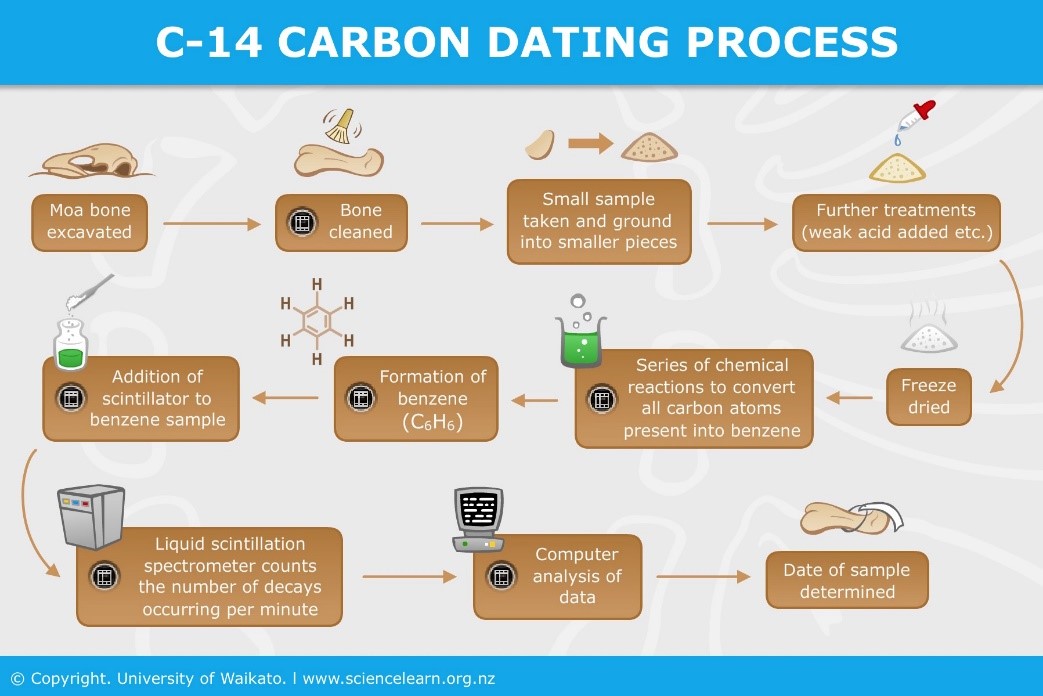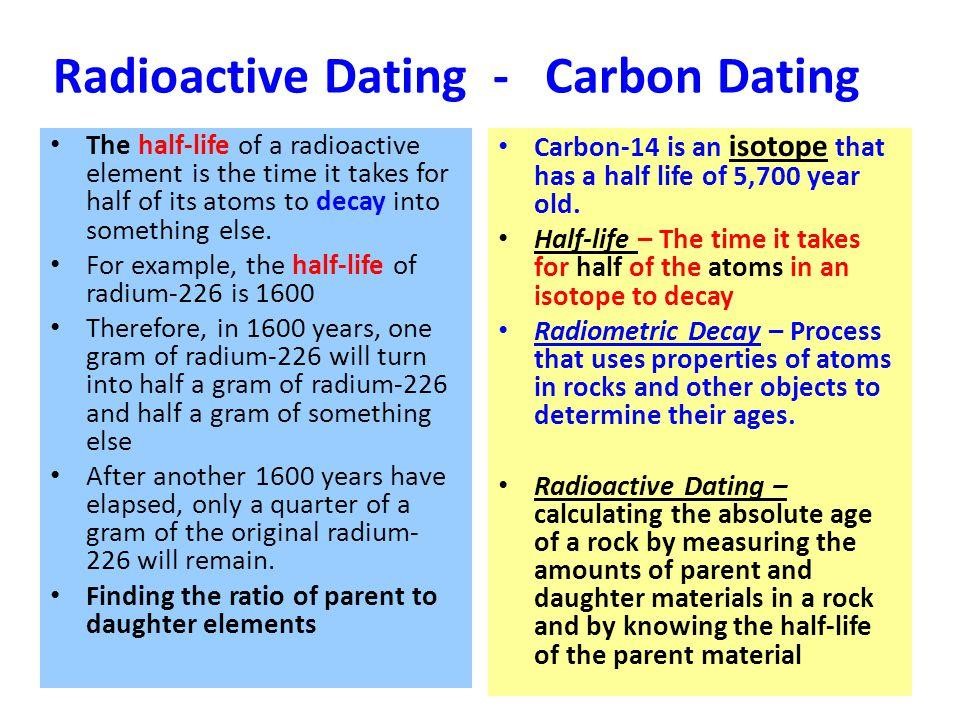Free Courses Sale ends Soon, Get It Now


Free Courses Sale ends Soon, Get It Now



Disclaimer: Copyright infringement not intended.
Context
Radiocarbon dating
Working Principle

How does radiocarbon dating work?
What are the limitations of carbon-14 dating?
Comparison with other Dating Methods
Significance of Radiocarbon Dating

|
PRACTICE QUESTION Q. What is Radiocarbon Dating? How does Radiocarbon Dating work? Shed light on its working principle. What are the limitations of carbon-14 dating? Throw light on its significance. |
https://indianexpress.com/article/explained/gyanvapi-shivling-carbon-dating-8606179/
© 2024 iasgyan. All right reserved